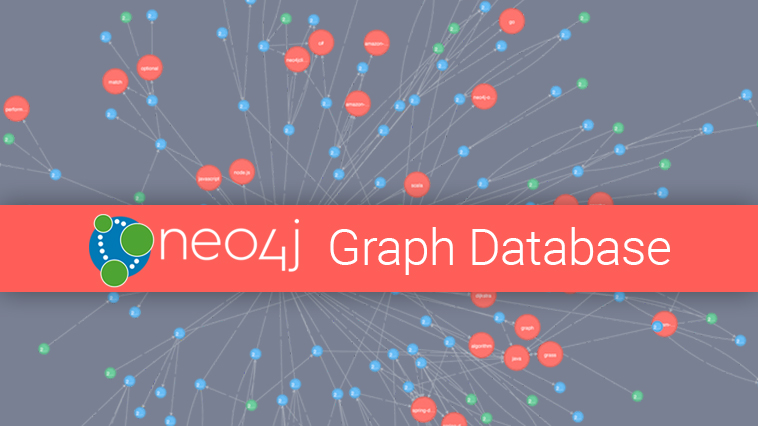As the technology is advancing and world is being more connected to each other. Billions of data is generated daily by your web, mobile or can say IoT (Internet of Things) applications. In sort to store that data or visualize or query such larger amount we require a proper database which has the potential to access the relationship to its core of data model. Basically there are two types of database model, they are: Relational Database & Graph Database.
Why Graph database
Relation database such as Oracle or MySQL provides relationships between data-points, but this is done through join-operation which is quite expensive and they are also good at rearranging or rewriting the aggregated data. There major drawback of relational database is, there is no proper connection between data. So to overcome this limitation graph database come to limelight. They provide proper scaling between data which relational database can’t do. The first graph database was created in 1960’s Navigational database which had a tree-like structure. And now by satisfying the ACID property (atomicity, consistency, isolation, durability) there are many graph databases available such as Neo4j, Graph DB, Orient DB, etc.
Neo4j being one of the most famous graph database management system is developed by Neo4j, Inc. and written in Java is considered as most popular graph database according to DB engine ranking. It is one of the world’s leading open source Graph database and highly scalable and schema free (NoSQL). Neo4j follows native property graph model. The nodes (entities) get connected through each other with the help of relationships. And properties are the data stored as key-value pair of nodes and relationships. One of the main feature of Neo4j is we can add or remove any property as required, there is no fix schema to be followed. It also provides scalability say for example, if you want to change the number of read or writes you can increase it without affecting the speed and data integrity. It provides the one most powerful query language ‘Cypher’ (Cypher is very well known because it can retrieve the data and relation without using complex Join operations and it is very easy to learn). It also has the built-in web application so that you can built in your own graph database. Indexes are being supported by Neo4j with the help of Apache Laucence.
Neo4j has a flexible data model which can be changed as per a company’s requirement. It provides real-time results and there availability is also high with transactional guarantee for large enterprise real-time applications. Thus by having so many advantages graph database are now becoming very popular for storing and retrieving large and complex data.





